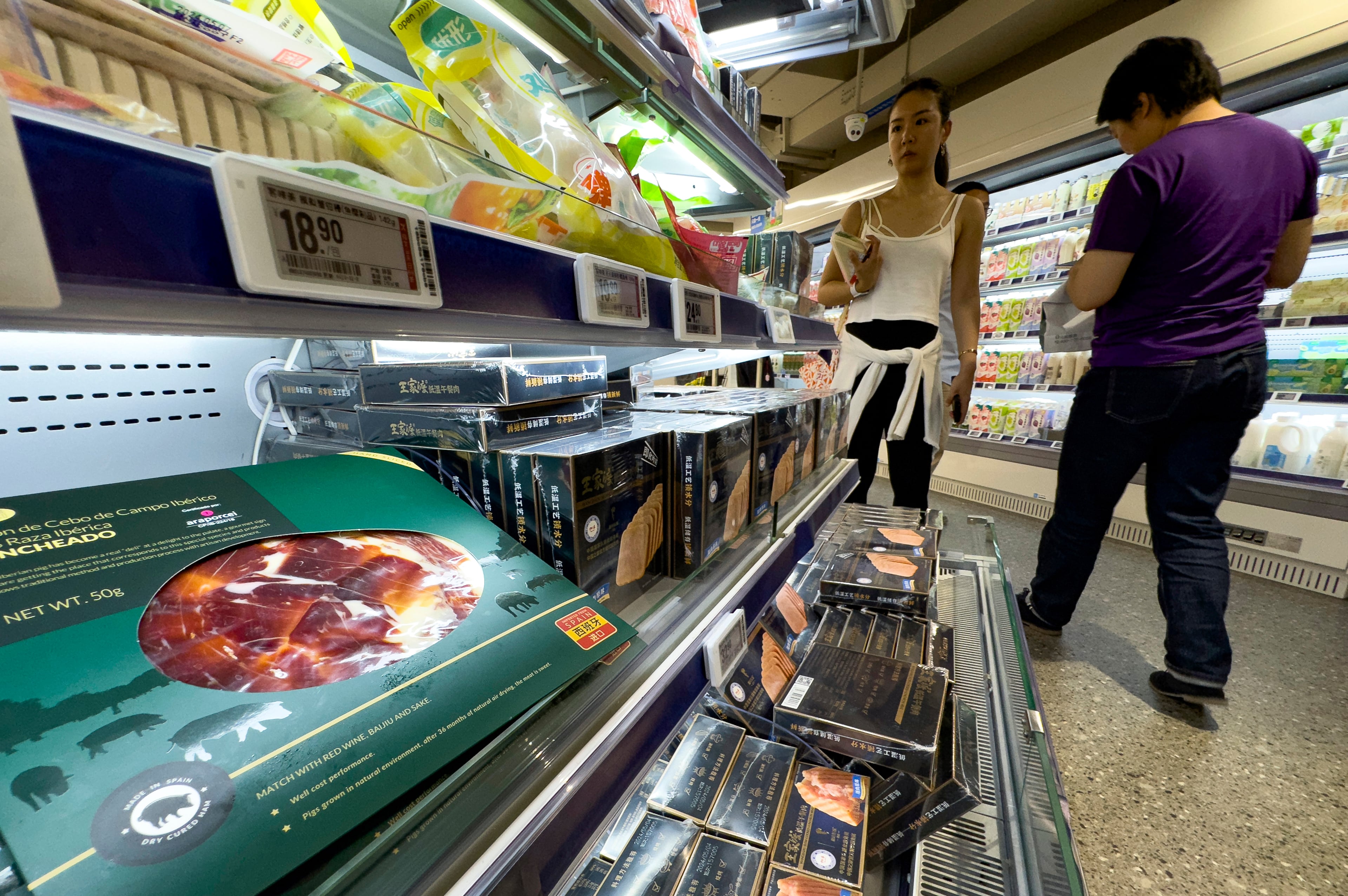Don’t nuke your lunch in plastic containers
No, you should not put that Tupperware or Ziploc bag in the microwave to heat your lunch.
“It’s not safe to heat plastic in the microwave,” said Stephanie Eick, assistant professor of environmental health and epidemiology at Emory University’s Rollins School of Public Health.
Plastic food containers, plastic bags and plastic wraps can release chemicals when heated. Those chemicals can leach into the food. Researchers are only beginning to understand the harm they might cause humans and say glass food containers are safest.
Plastic food containers are risky because they may contain ortho-phthalates, often referred to as “phthalates.” These chemicals make plastics soft and less brittle, but have been linked to breast cancer, developmental issues, decreased fertility, obesity and asthma.
In the U.S., the Food and Drug Administration currently allows nine phthalates to be used in materials that come into contact with food.
Citizens groups in 2016 petitioned the FDA to ban all phthalates in food packaging. In 2022, the FDA denied this citizen petition because it said the industry was beginning to phase out the use of phthalates, and the “petition did not demonstrate through scientific data or information that these actions are warranted,” the FDA explained at the time.
In contrast, the European Union has banned most phthalates in food packaging, children’s toys and cosmetics, according to an Italian study.
When it’s time to reheat food, resealable plastic bags are also risky, said Iris Myers of the Environmental Working Group.
“Recent findings indicate that thinner plastic products, such as resealable bags, are more susceptible to heat degradation and can release a higher number of nanoplastic particles than thicker alternatives,” Myers said. “Furthermore, studies show that microwave and oven cooking bags can still be a significant source of plastic exposure — therefore, microwaving plastic in any form, including plastic wraps and bags, cannot truly be considered safe.”
Plastic exposure in humans can cause oxidative damage, DNA damage and changes in gene activity, known risks for cancer development.
The particles can travel through the bloodstream and lodge in human organs because they are so tiny. Microplastics are roughly the size of a grain of rice, but nanoplastics are the thickness of a strand of hair, or in many cases even smaller.
A University of Nebraska study found that heating plastic food containers in the microwave caused the highest release of microplastics and nanoplastics into food when compared to other usage scenarios, such as refrigeration or room-temperature storage.
Phthalates can be found on microplastic particles, adding to disruptions to the human nervous, reproductive and other systems.
‘Forever chemicals’ in some containers
Then there are forever chemicals, or PFAS, which can be found in plastic food containers.
According to the U.S. Environmental Protection Agency, PFAS, an acronym for per- and polyfluoroalkyl substances, have been used for decades in manufactured goods and commercial items such as nonstick cookware, cleaning products, firefighting foams, stain- and rain-repellent clothes and some body care products. Since most PFAS do not break down over time, they persist in the environment, earning them the nickname of “forever chemicals.”
Based on growing evidence linking the chemicals to fertility problems, developmental delays and increased risk of certain cancers, the EPA has begun steps to establish legally enforceable drinking water standards for some PFAS. In 2023, the EPA proposed federal drinking water limits for some of the most common PFAS, but the standards have not been finalized, The Atlanta Journal-Constitution reported.
PFAS are found in coatings on takeout containers and wrappers, both made of plastic and paper fibers. California, Washington and several other progressive U.S. states had banned their use in food packaging and cosmetics, which put pressure on the federal government to act. Earlier this year, the FDA said manufacturers had phased out the use of PFAS as grease-proofing agents in paper takeout food packaging.
Eick also recommends ditching nonstick cooking pans for cast iron, if possible.
“Look for products labeled as PFAS free,” she said.
And avoid black plastic spatulas and cooking utensils in favor of wooden spoons, she added. A study released in October by Toxic Free Futures found the flame retardant in black spatulas contain cancer causing chemicals.
How to reheat food safely
The EWG recommends using glass and ceramic kitchenware or storage containers.
“They are the only known safer options for warming lunches in the workplace. Stainless steel containers are also preferable alternatives for storage,” Iris Myers of the EWG said.
But don’t put that plastic lid in the microwave, Eick said. “When reheating food in a glass container, I put a paper towel over the container rather than the plastic lid.”


